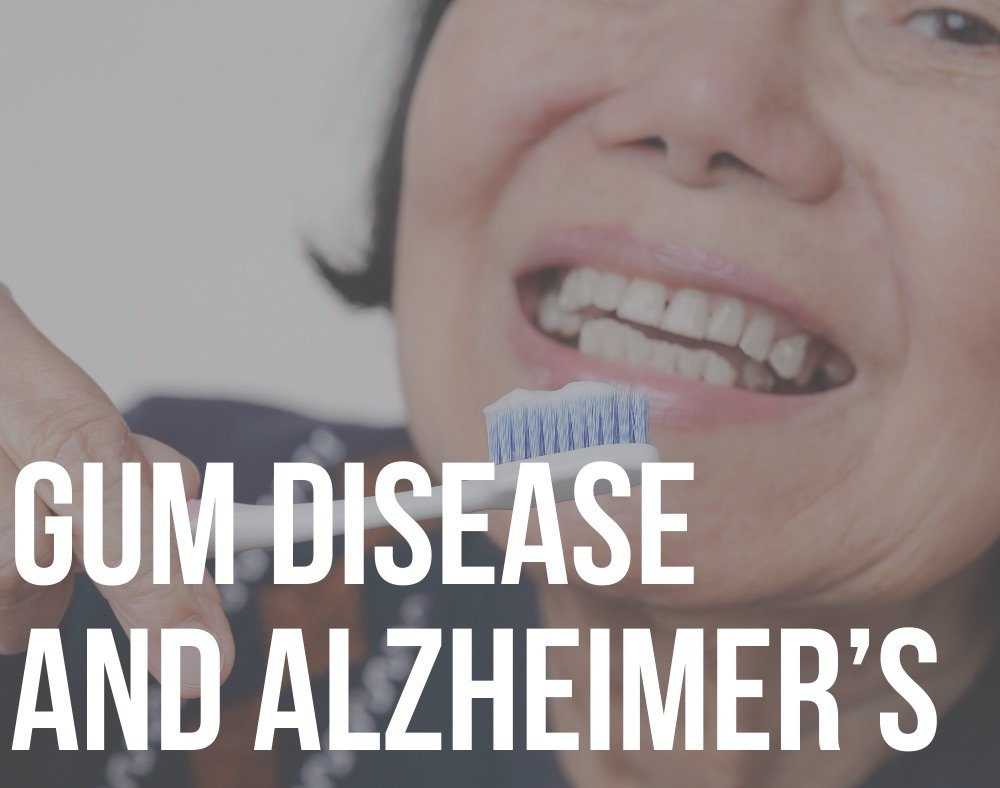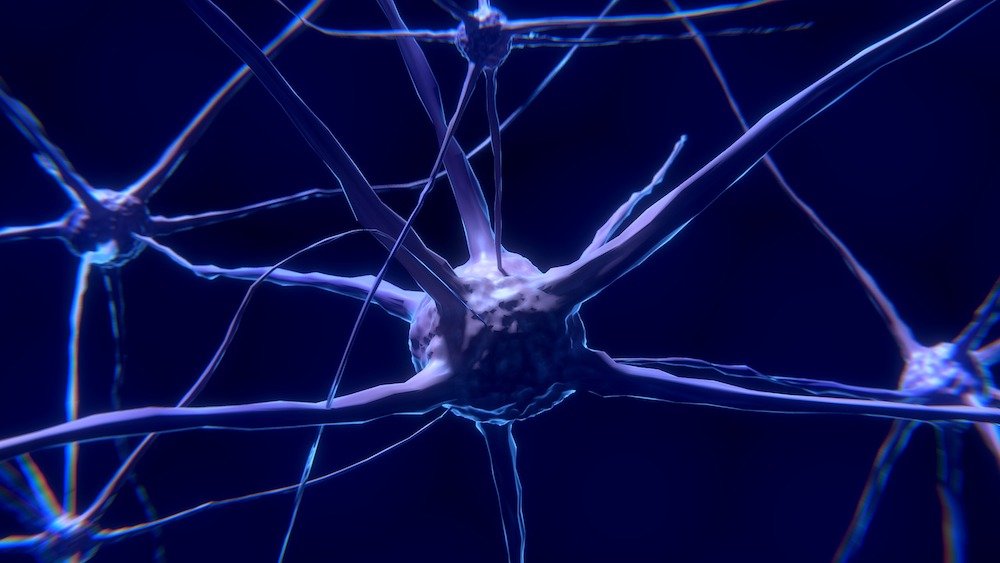Many professionals conducted studies on the possible connection between gum disease and Alzheimer’s. Is there a link? YES and no.
Experts continue to discover startling results regarding the causes of Alzheimer’s as they persistently conduct multiple studies.
One study concluded that gum diseases might increase the risk of developing Alzheimer’s disease. Researchers who conducted the study found that there is a link between the bacteria that cause gum disease and Alzheimer’s Disease.
Does Gum Disease Cause Alzheimer’s?
This discovery might also open up more treatment ways for progressive neurodegenerative disorder. Some doctors and researchers, on the other hand, are not too sure about this discovery.
Let’s try and decipher whether it is possible to link Alzheimer’s to gum disease.
How the Conclusion Came To Be
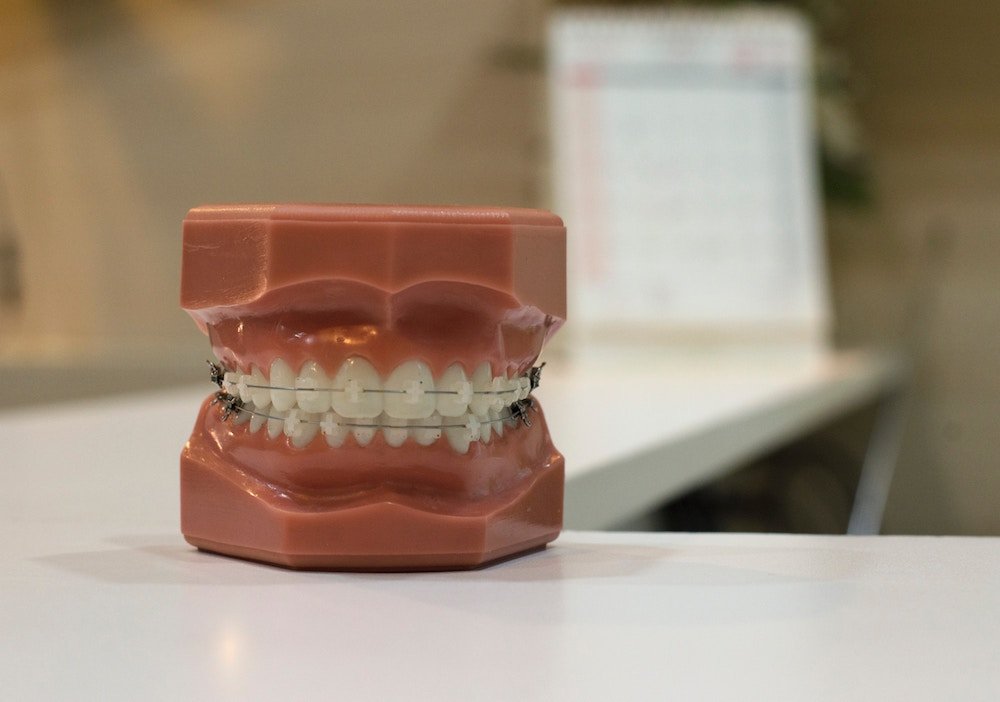
Researchers who support the notion that gum diseases can lead to Alzheimer’s studied the brain tissue of people who had died with Alzheimer’s.
Most of the researchers in this study were part of a private biotech firm that goes by the name Cortexyme.
Others were working in various Universities in America like the University of California and Harvard University School of Dental Medicine.
Some employees at the Jagiellonian University in Poland, the University of Melbourne and the University of Auckland were also part of the study.
Researches on gum disease and Alzheimer’s
The researchers published their study in the Science Advances Journal.
The experts claimed to have found Porphyromonas gingivalis in the tissues. This is a bacteria that triggers gingivitis (gum disease).
This is one of the primary pathogens that make people suffer from gum disease.
Additionally, they also observed that the spinal fluid from people living with Alzheimer’s contained the bacterium’s DNA.
To further support their results, the team also detected that the brain samples of many people with Alzheimer’s had the presence of toxic enzymes that the bacterium produces.
The brain samples that recorded higher amounts of gingipains also had high amounts of ubiquitin and tau proteins that, for a long time, have been linked to Alzheimer’s.
Some experiments involved mice
The tests did not stop with human beings. The professionals also worked on several experiments with mice.
The results suggested that there is a connection between Alzheimer’s and the bacterium that causes gum diseases.
Infections and Alzheimer’s Disease
The researchers in a bid to find more conclusive results infected the gums of healthy mice with P. gingivalis.
They later observed that this bacteria was present in the brains of the mice. Other than this, there was also damage to the neurons of the animals and higher levels of beta-amyloid (a protein) in the brain tissue of the mice.
Previous studies confirmed that when beta-amyloid proteins clump together, they form what is known as plaques in the brains of people who have Alzheimer’s disease.
After this move showing a positive connection between gum diseases and Alzheimer’s, the researchers were also able to get rid of the infection caused by P. gingivalis in the brains of the mice. This was through the use of a molecule that blocks and binds to the gingipains.
As a result of clearing the infection, there was also a reduction in neural damage and the production of beta-amyloid.
The researchers explain that this was possible because the bacteria feeds on enzymes to produce energy and gather nutrients.
Naturally, because their work had positive results on mice, the researchers were positive that this was a treatment option for people who are living with Alzheimer’s.
What Was The Research All About?
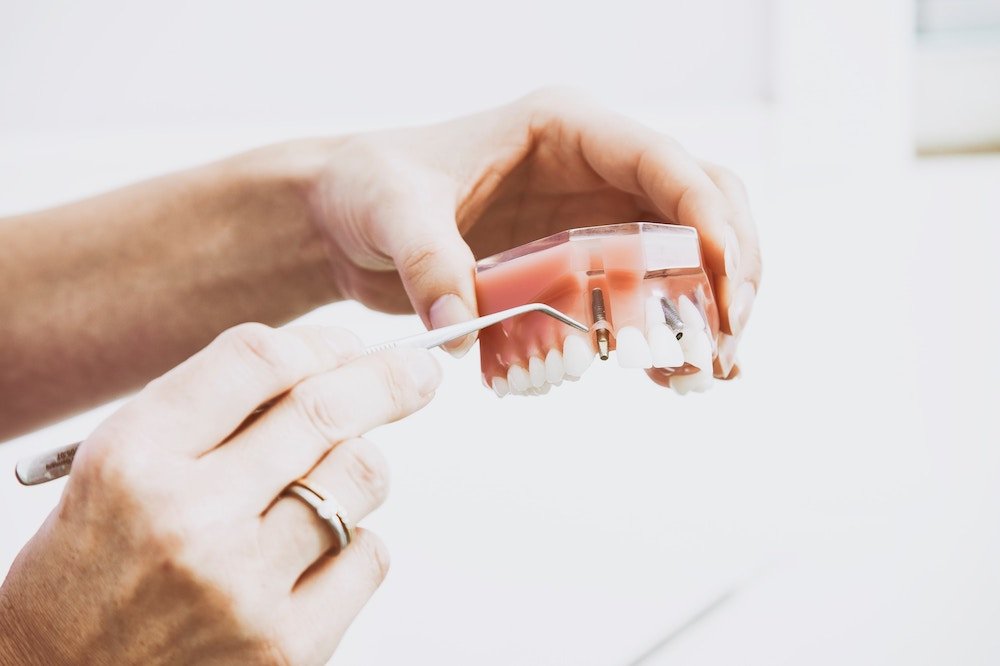
As seen above, the study was a combination of laboratory experiments on the brains of mice and those of humans.
The researchers observed post-mortem brain tissue samples from about one hundred people with and without Alzheimer’s.
They wanted to know if the brains of the people with the illness had more gingipains.
Cerebrospinal fluid and saliva that surrounds the brain and spinal cord were also put under test to confirm if there was the presence of P. gingivalsis DNA.
The experts also worked with cultured cells grown in a lab. These were infected with P. gingivalis to observe the effect it had on proteins that are usually present in the brains of people who have the illness.
Regarding the experiments on mice, the experts sought to know if infecting mice with P. gingivalis would make bacterial show up in the brain of the mice.
The mice also got a substance that inhibits gingipains to see if it would effectively treat gingipain infection.
The experts also wanted to know how this treatment compares to other antibiotics that people with gingivitis use. The researchers in this study found that more than 90% of the brain tissue from individuals with Alzheimer’s had gingipains.
The concentration was higher in persons with Alzheimer’s. P. gingivalis DNA was also present in a majority of the cerebrospinal fluid samples and all saliva samples.
All the mice also showcased signs of brain infection after a month and two weeks. After this, the researchers state that the findings of their study provide evidence that gingipains and P. gingivalis play a significant role in the development of Alzheimer’s.
Previous Evidence

In the past, there have also been other studies that link gum diseases and Alzheimer’s.
One of them is a Taiwanese Study that uncovered the fact that people with a decade or longer history of CP (chronic periodontitis) were more likely than individuals without the condition to develop Alzheimer’s by a whopping70%.
Another study also indicated that person’s with moderate to mild Alzheimer’s with gum disease experience faster cognitive decline rates when you compare them to the other ill people without dental issues.
How Does the Bacteria Travel to the Brain

When looking at the possible link between gum diseases and Alzheimer’s, it is also important to touch on how the bacteria makes its way to the brain.
P. gingivalis is responsible for causing gum diseases like periodontitis. This is a bacteria that is quite common, seeing that one person in a group of five people under thirty usually has some level of the bacterium in their gums.
When this grows uncontrollably, it can trigger an immune response that can lead to inflammation increase. This is usually a key factor that is associated with Alzheimer’s. Experts reveal that it is very easy for P. gingivalis to travel to the brain from the mouth using the mouse model.
To show evidence of this, researches infected healthy mice with the bacterium and later found it in the brain. The experts concluded that bacterial from gum diseases might access the brain by spreading through cranial nerves via the jaw and head or through the infection of immune system cells.
Reasons some Doctors Refute the Results of the Study

Even though some experts agree with the fact that there is a connection between gum diseases and Alzheimer’s, others claim that there is no way this is possible.
Dr. Rawan Tarawneh an assistant professor and cognitive neurologist is one of the professionals who does not believe that it is possible to link Alzheimer’s to gum diseases. He claims that the research has numerous limitations.
For one, he says that the research does not showcase strong evidence to support the cause and effect relationship between Alzheimer’s and P. gingivalis. He also points out that the researchers should take time to search for amyloid deposits in people’s brains and not just in mice.
A Ph.D. professor of neurology Rudolph Tanzi also supports this, saying that the study is still so small; thus, there is no need for overhyping the results.
He said that there was still a need for other researchers to take up the study in a bid to provide more conclusive results that the industry can use without any doubts.
Worth noting nonetheless is that the study is still very young and as time progresses and researchers can offer more evidence, some professionals may end up changing their stand on this topic.
Gum Disease and Alzheimer’s- The Way Forward
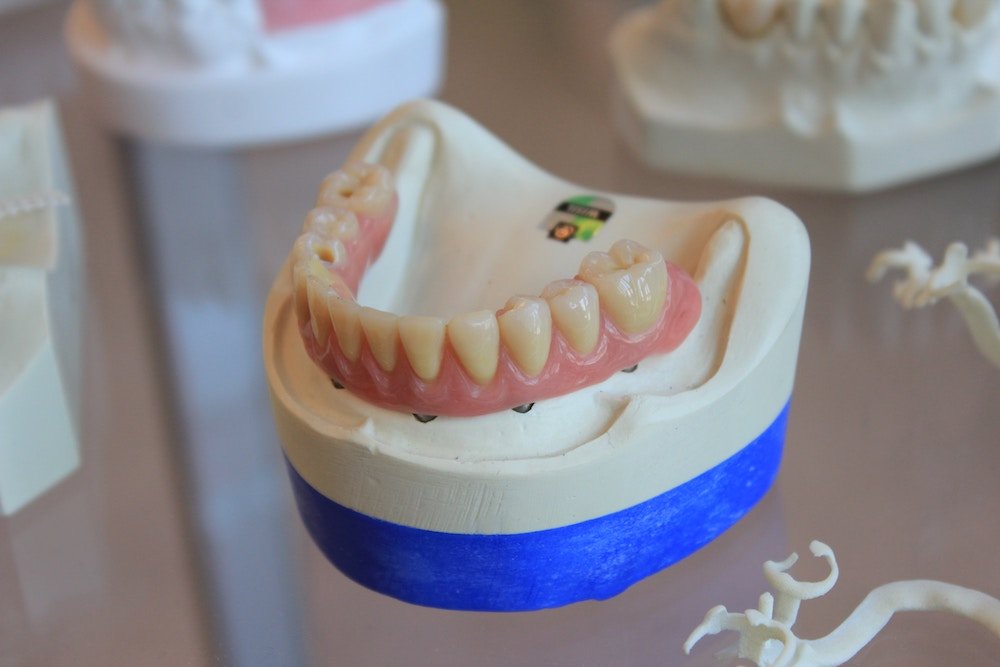
Despite some professionals saying that there may be no link between gum diseases and Alzheimer’s, participants of the study are starting clinical trials that will test a drug that is similar to the one they used on mice.
The experiments may give scientists and other professionals better insight on the role that P. gingicalis plays in Alzheimer’s development.
The drug, however, still has a long way before the FDA approves it.
Closing Remarks
While a section of experts can prove that there is a link between gum diseases and Alzheimer’s, ultimately, it may not be right to state that a single infectious agent or toxin is responsible for causing Alzheimer’s disease in everyone who has the illness.
This is because numerous factors may be involved in the development of the disease that takes about 15-20 years to run its course.
These may include genetic predispositions like APOE4, gender, and age, amongst others.
Regarding dental hygiene, extensive research still needs to be done to determine its true relationship to Alzheimer’s. This said, it is vital to take care of your dental health every day. Brush your teeth, floss, and visit a dentist regularly.
This way, you may escape being at higher risk of developing Alzheimer’s because of neglecting dental hygiene.
If you happen to have any gum diseases, treat them right away.
Experts also link these to other health problems, including heart diseases, diabetes, and stroke.

